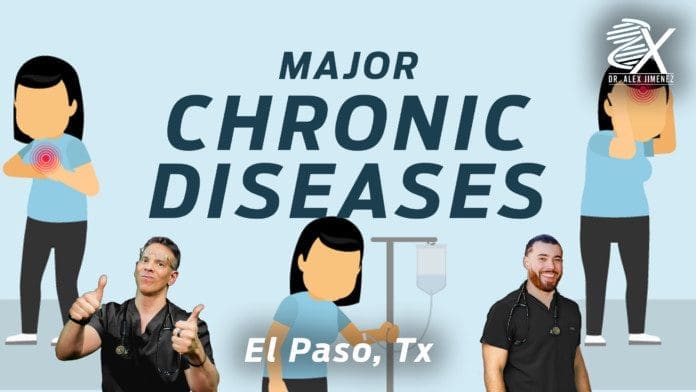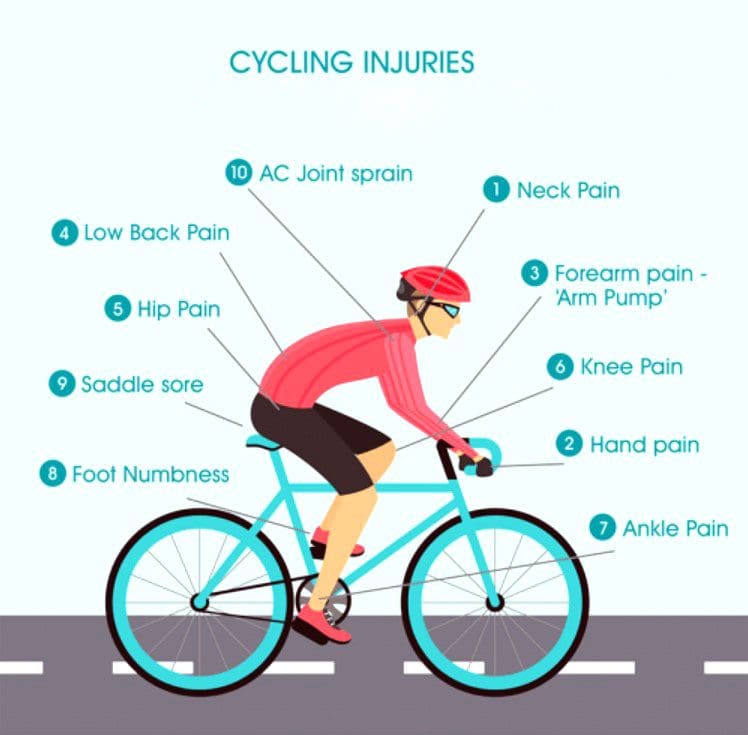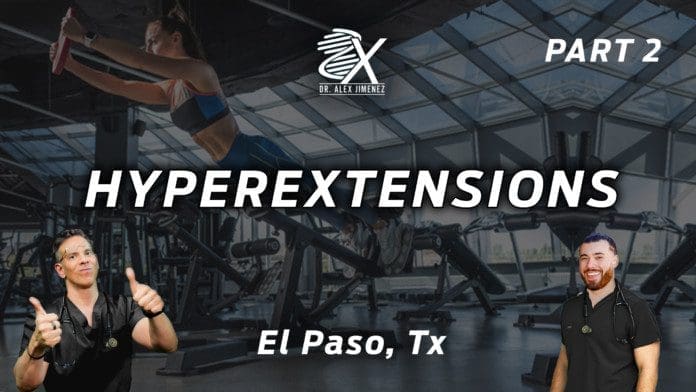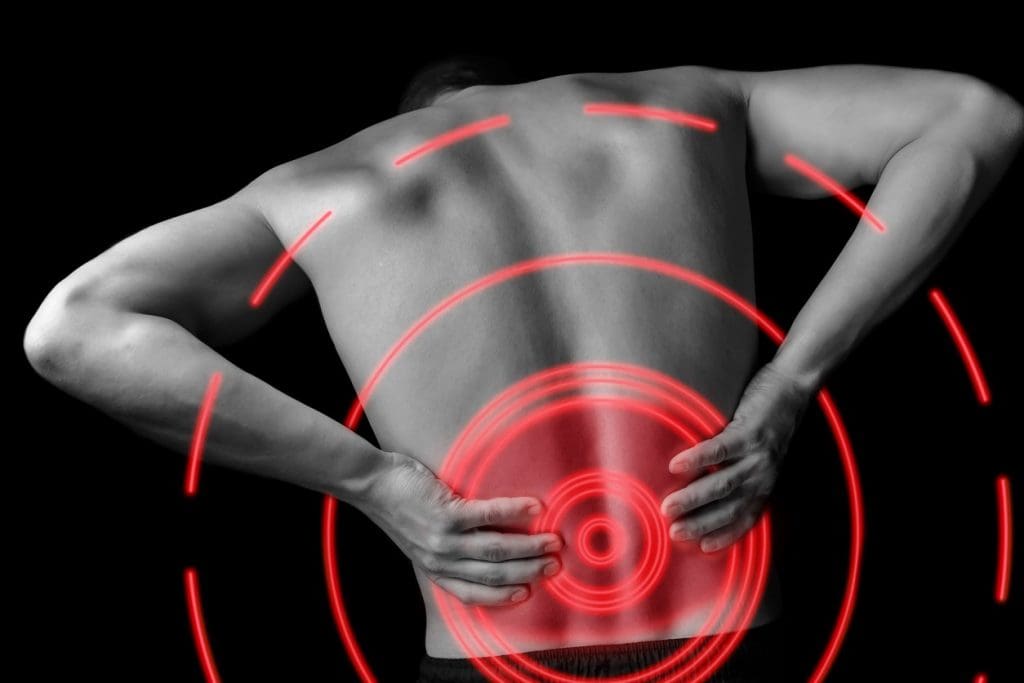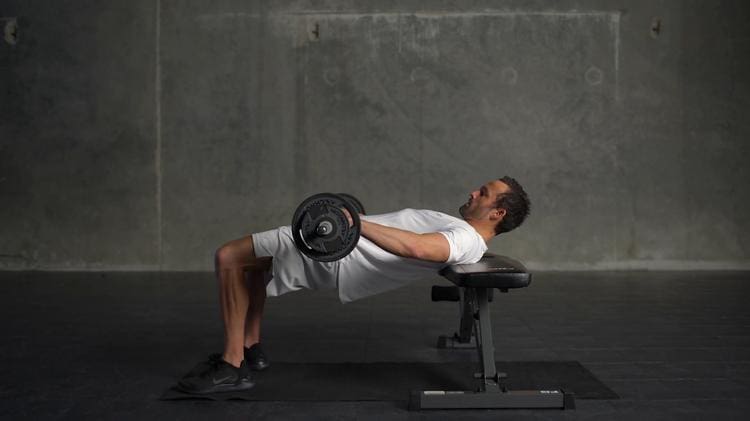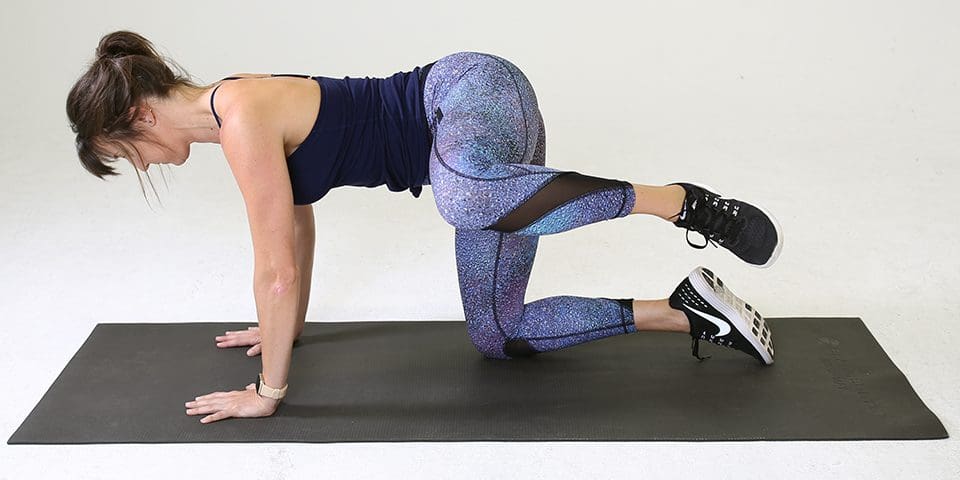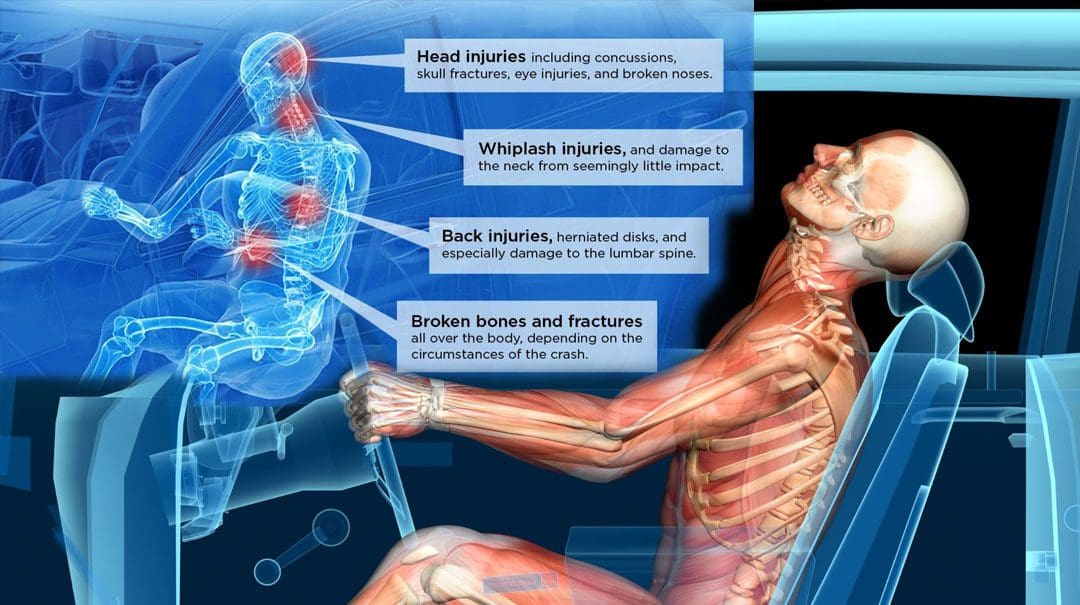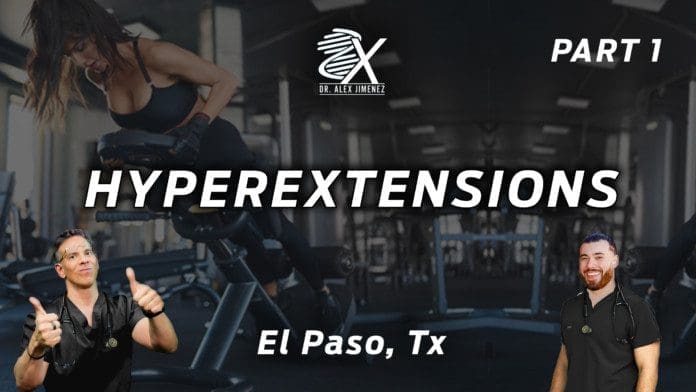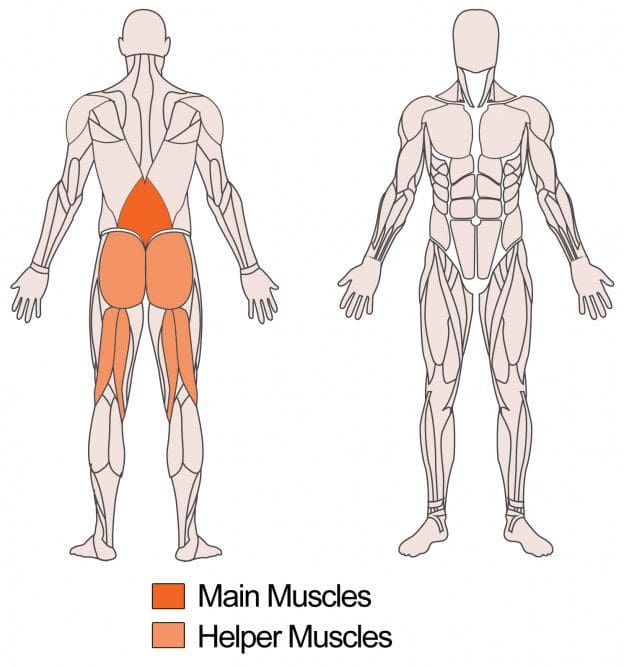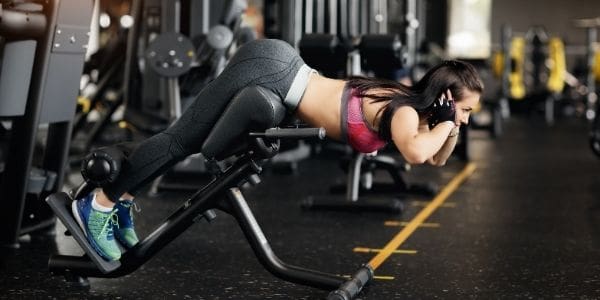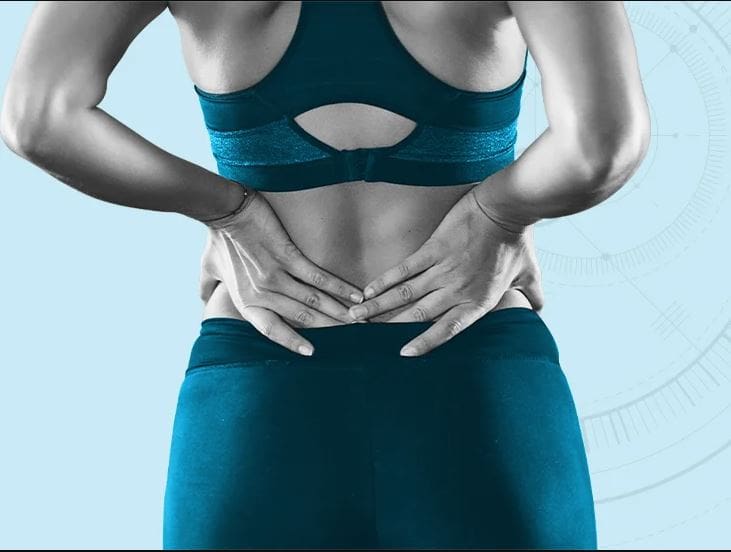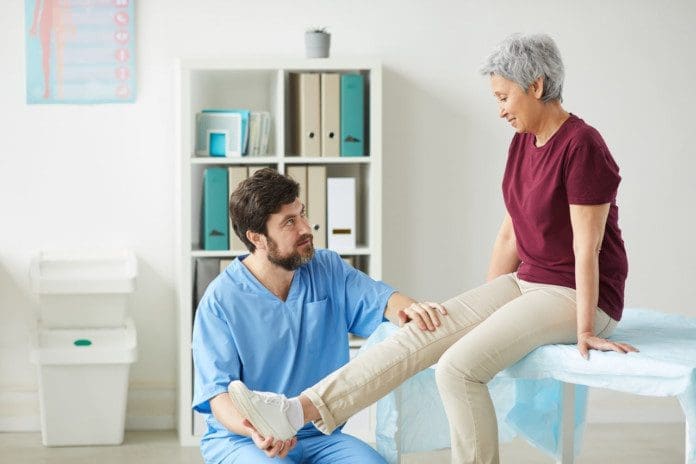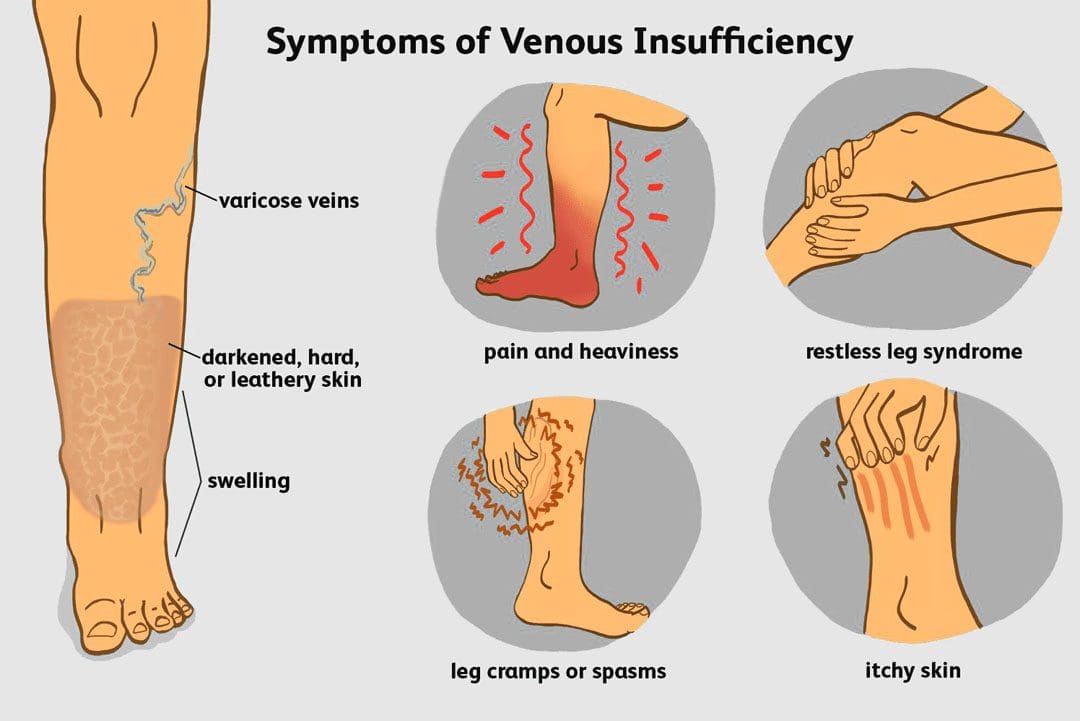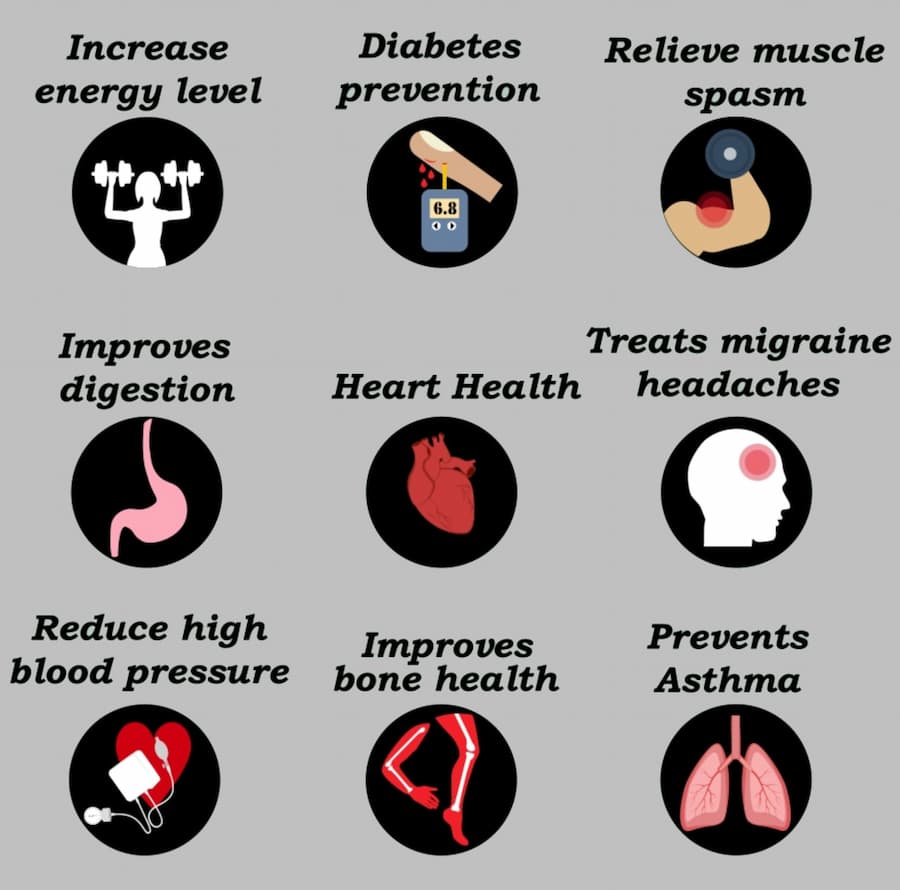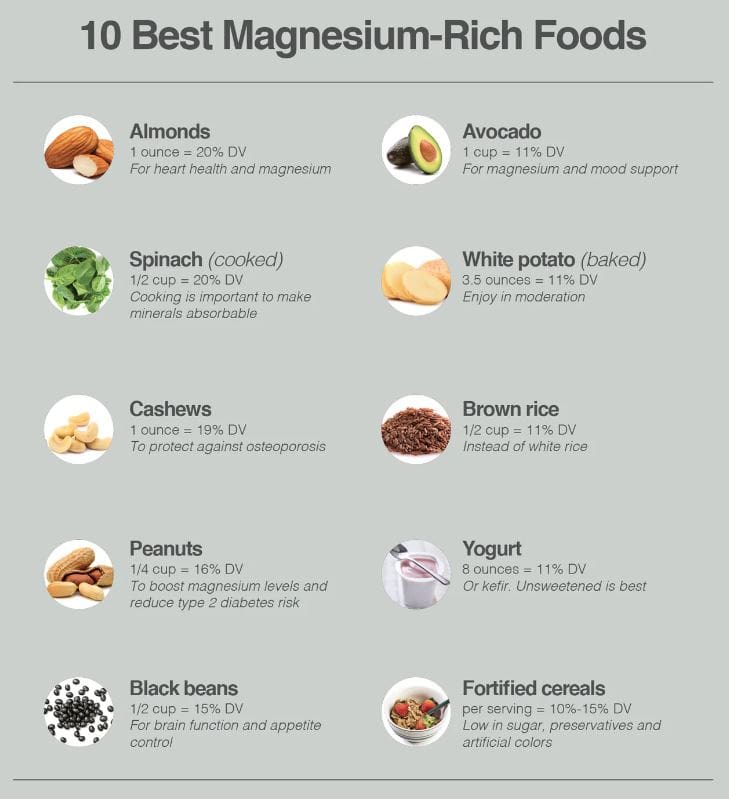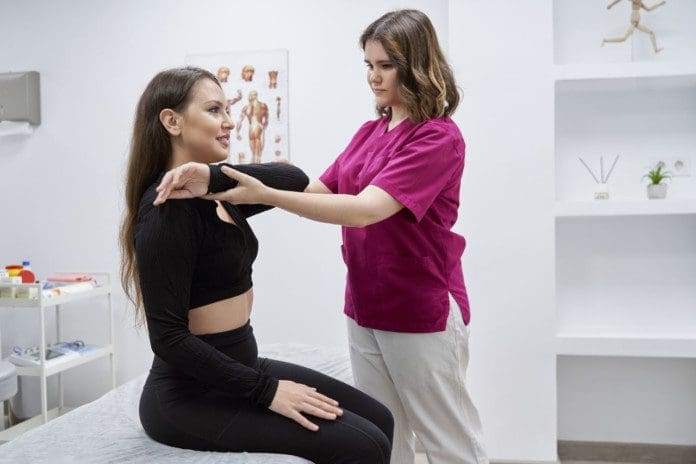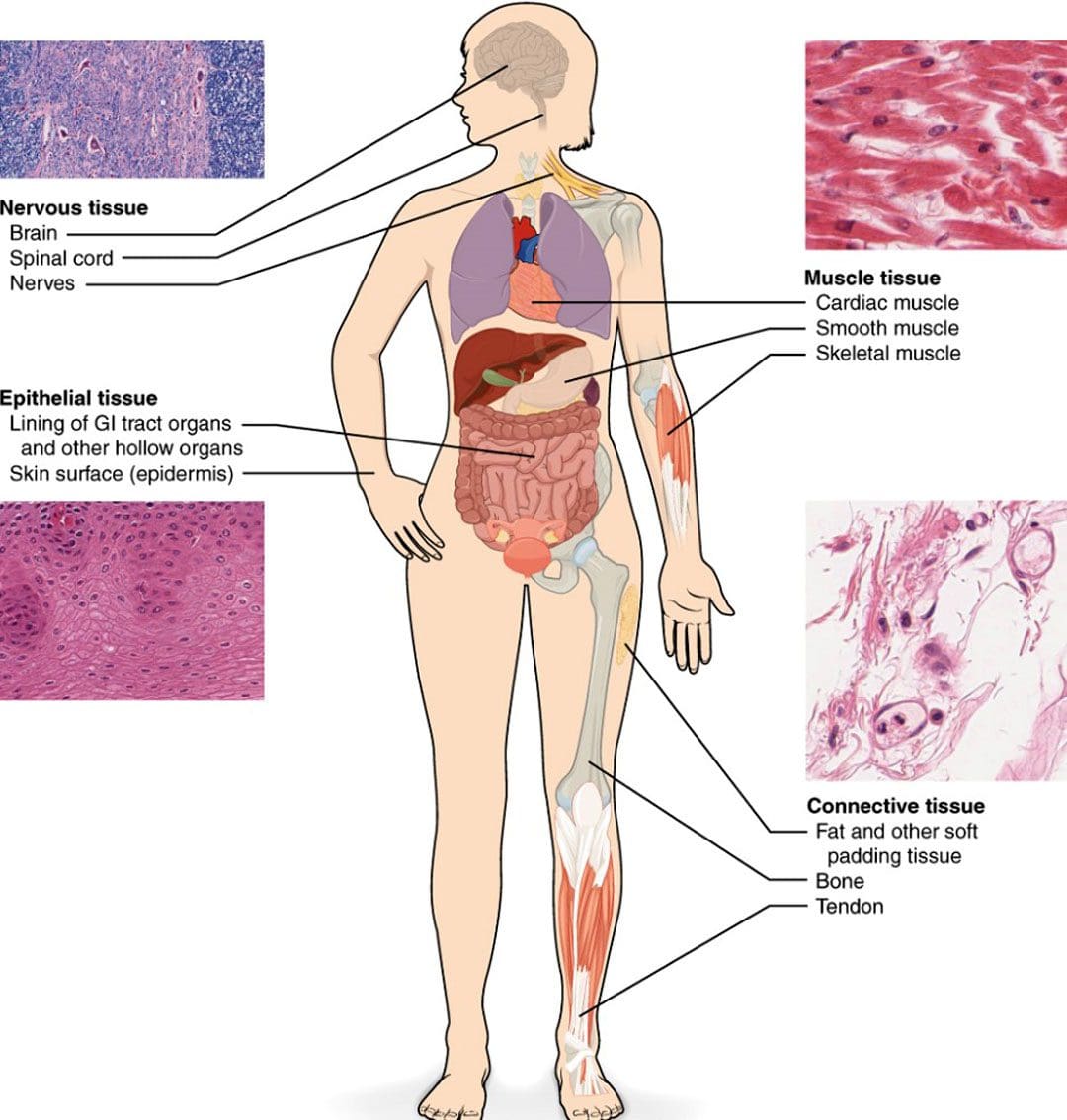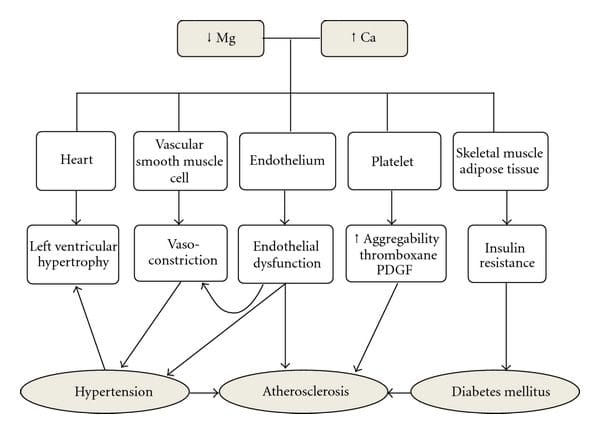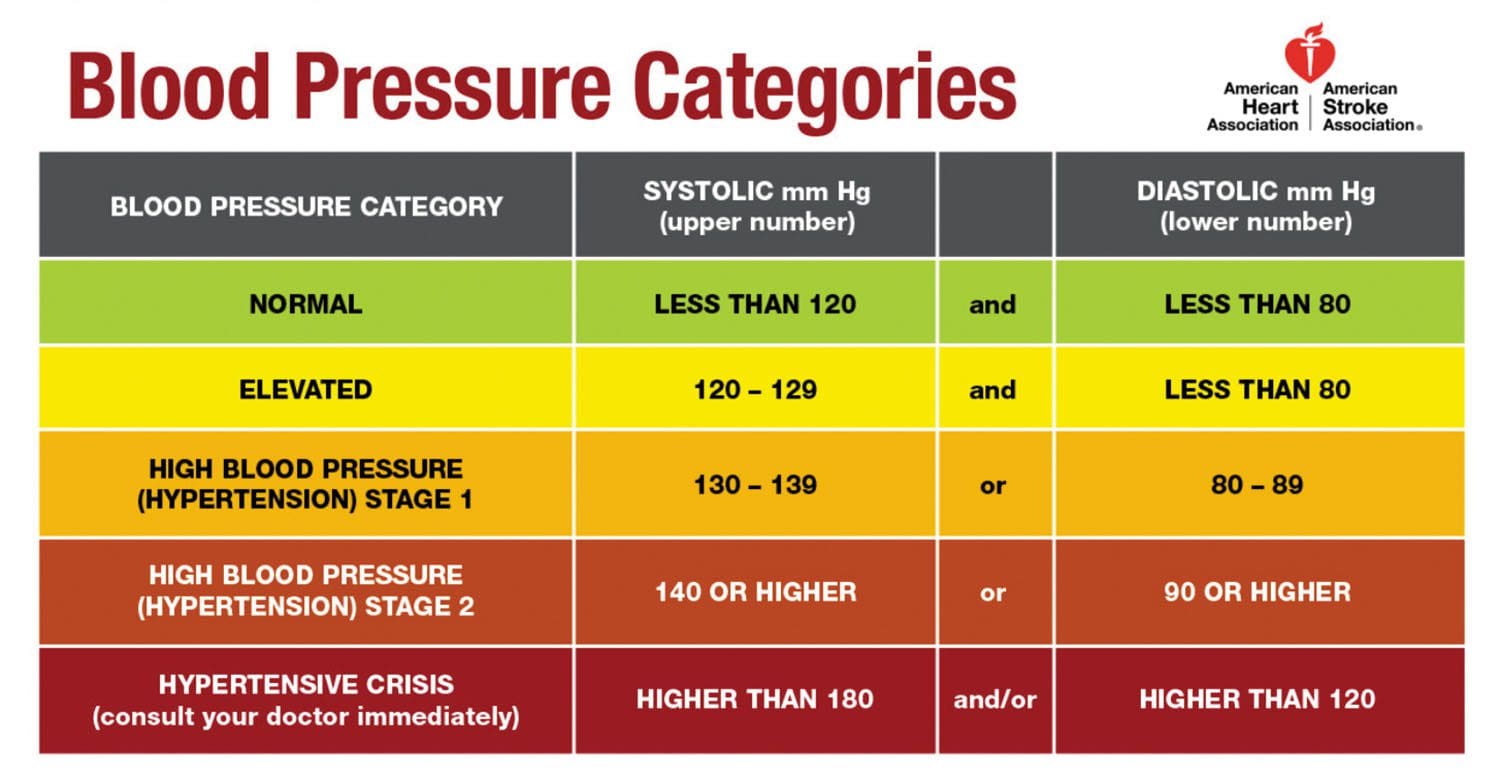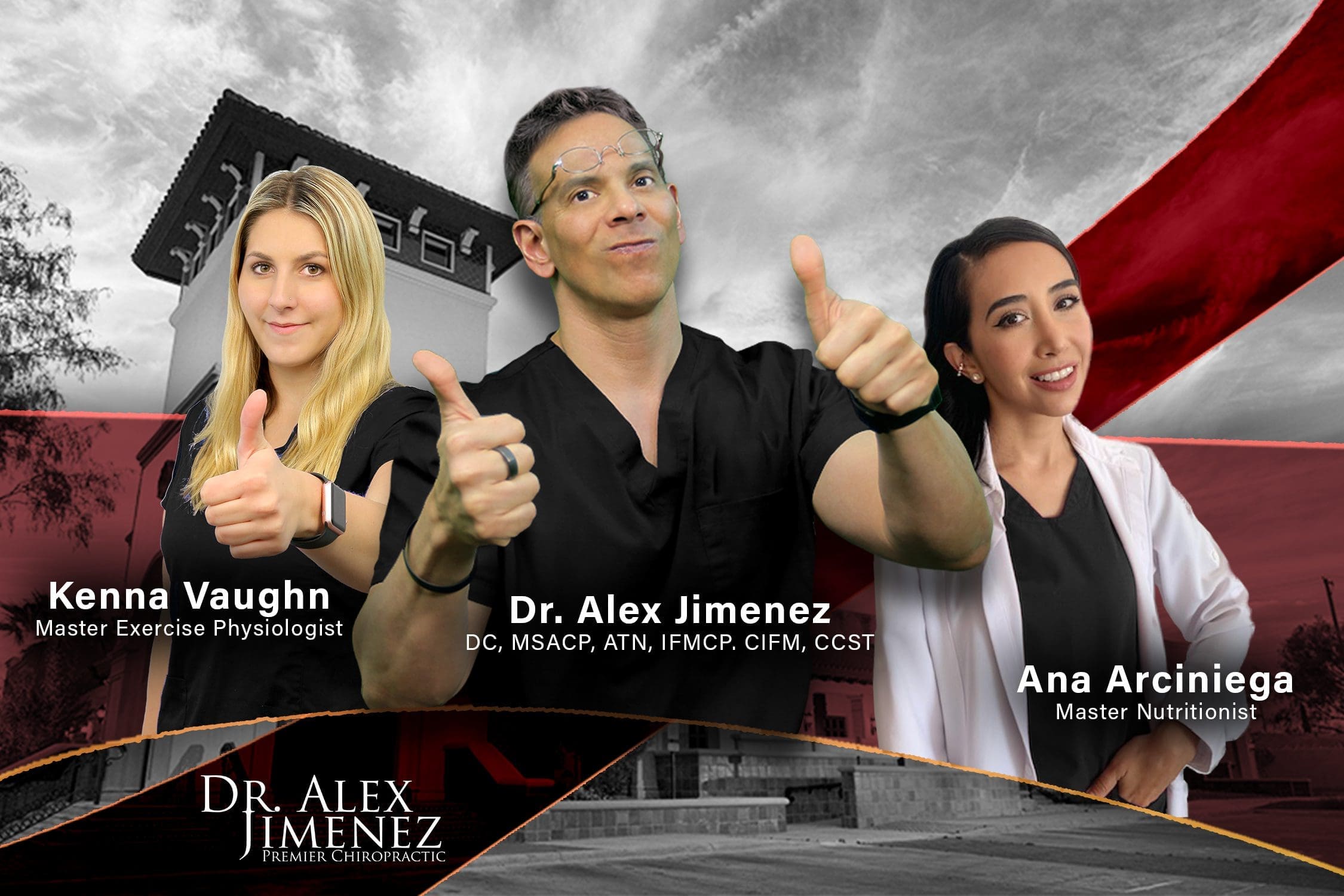Introduction
Dr. Alex Jimenez, D.C., presents how metabolic connections are causing a chain reaction to major chronic diseases in this 2-part series. Many factors often play a role in our health and wellness. It can lead to overlapping risk factors associated with pain-like symptoms in the muscles, joints, and vital organs. Part 2 will continue the presentation on metabolic connections with major chronic diseases. We mention our patients to certified medical providers that provide available therapy treatments for individuals suffering from chronic conditions associated with metabolic connections. We encourage each patient when it is appropriate by referring them to associated medical providers based on their diagnosis or needs. We understand and accept that education is a marvelous way when asking our providers’ crucial questions at the patient’s request and acknowledgment. Dr. Jimenez, D.C., makes use of this information as an educational service. Disclaimer
How Inflammation Affects The Body
Dr. Alex Jimenez, D.C., presents: So here you have a lean set of adipocytes on the left, and then as they start to plump up with more cellular weight, you can see those macrophages, the green boogies come around looking, saying, “Hey, what’s going on here? It doesn’t look right.” So they are investigating, and this causes local cell death; it’s just a part of the inflammatory cascade. So there is also another mechanism happening here. Those adipocytes are not just getting plumper by accident; it’s often related to a calorie surfette. So this nutrient overload damages the endoplasmic reticulum, leading to more inflammation. What these cells and the adipocytes are trying to do is protect themselves from glucose and lipo toxicity.
And the whole cell, the adipocyte cell, is creating these caps that are trying to say, “Please stop, we can’t take any more glucose, we can’t take any more lipids.” It’s a protection mechanism known as insulin resistance. It’s not just some random thing happening. It is the body’s way of trying to prevent glucose and lipotoxicity. Now that the inflammation alarm is occurring more than just in the adipocytes, it’s getting systemic. Other tissues and organs are starting to feel the same burden of the calorie surfette, causing inflammation and cell death. So glucose and lipotoxicity look like fatty liver when dealing with the liver. And you can also have it just like fatty liver progresses to cirrhosis with hepatocyte death. The same mechanism that’s happening in muscle cells. So our skeletal muscle cells specifically see cell death after inflammation and see fatty deposition.
The best way to think about it is, for example, the cows raised for food consumption and how they have marbled. So that’s the fatty deposition. And in humans, you can think about how people become sarcopenic as they become more and more insulin resistant. It’s the same phenomenon when body tissue tries to protect itself from glucolipotoxicity, causing a local inflammatory response. It becomes an endocrine response when it starts targeting other tissues in the periphery, whether the liver, muscle, bone, or brain; it’s just whatever is happening; they’re in the visceral adipocytes that can occur in other tissues. So that’s your paracrine effect. And then it can go viral, if you will.
Inflammation Associated With Insulin Resistance
Dr. Alex Jimenez, D.C., presents: You’re getting this local and systemic pro-inflammatory response coupled with insulin resistance, returning to this protection mechanism against glucose and lipotoxicity. Here you see how the blood vessels in our arteries get caught in the loop of fatty deposition and cell death. So you’ll see leaky blood vessels and fatty deposits, and you’ll see damage and pro-atherogenesis. Now, this is something we explained in AFMCP for the cardiometabolic module. And that is the physiology behind the insulin receptor. This is known as the lock and jiggle technique. So you have to have insulin lock into the insulin receptor up at the top., which is known as the lock.
And then there’s a phosphorylation cascade called the jiggle that then creates this cascade that ultimately causes the glucose-4 channels to open up the glucose-4 receptors to go into the cell so that it can be then the glucose, which is then utilized for energy production by the mitochondria. Of course, insulin resistance is where that receptor isn’t sticky or as responsive. And so not only do you fail to get glucose into the cell for energy production, but you are also rendering a hyper insulin state in the periphery. So you get hyperinsulinemia as well as hyperglycemia in this mechanism. So what can we do about that? Well, many nutrients have been shown to improve the lock and jiggle things that can improve the glucose-4 transporters coming up towards the periphery.
Anti-Inflammatory Supplements Reduce Inflammation
Dr. Alex Jimenez, D.C., presents: You see these listed here: vanadium, chromium, cinnamon alpha lipoic acid, biotin, and another relatively new player, berberine. Berberine is a botanical that can dampen all primary pro-inflammatory signals. So what precedes these comorbidities often and it’s insulin dysfunction. Well, what precedes insulin dysfunction many times? Inflammation or toxicity. So if berberine is helping the primary inflammation issue, it will address the downstream insulin resistance and all the comorbidities that can happen. So consider berberine as your option. So again, this shows you that if you can reduce inflammation up here at the top, you can minimize many cascade effects downstream. Berberine specifically seems to act in the microbiome layer. It modulates the gut microbiota. It may create some immune tolerance, therefore not rendering as much inflammation.
So consider berberine as one of the tools you can use to support insulin dysfunction and insulin resistance-related comorbidities. Berberine seems to increase insulin receptor expression, so the lock and jiggle work more effectively and improve the cascade with the glucose-4 transporters. That’s one mechanism by which you can start to find the root cause of many of the conditions we discussed when you see paracrine and endocrine glucose toxicity, lipotoxicity organ damage. Now another mechanism for you to consider is leveraging NF kappa B. So the goal is to keep NF kappa B grounded because as long as they don’t translocate, a host of inflammation signals do not get triggered.
So our goal is to keep NF kappa B grounded. How can we do that? Well, we can use NF kappa B inhibitors. So in this presentation of treatment options for any comorbidities related to insulin dysfunction, there are many ways to reduce these overlapping conditions affecting our bodies. So you can directly affect insulin resistance through anti-inflammatory supplements or indirectly help insulin resistance or insulin dysfunction by leveraging things against inflammation. Cause if you remember, insulin dysfunction is what then causes all those comorbidities. But what causes insulin dysfunction is generally inflammation or toxins. So our goal is to address pro-inflammatory things. Because if we can address pro-inflammatory things and nip the insulin dysfunction in the bud, we can prevent all the downstream organ damage or organ dysfunction.
Reducing Inflammation In The Body
Dr. Alex Jimenez, D.C., presents: Let’s move on to the next section that you can leverage or reduce the inflammation and insulin soup damage if you will, that the genes bathe in the body. This is the one you’ll often hear in our presentation, and that’s because, actually, in functional medicine, we help fix the gut. That’s usually where you need to go. And this is the pathophysiology for why we do that in cardiometabolic medicine. So if you have that poor or sad diet, that modern western diet with bad fats, it will directly damage your microbiome. That change in the microbiome can render increased intestinal permeability. And now lipopolysaccharides can translocate or leak into the bloodstream. To that point, the immune system says, “Oh no way, buddy. You’re not supposed to be in here.” You’ve got these endotoxins in there, and now there is a local and systemic inflammatory response that inflammation will drive the insulin dysfunction, which will cause the metabolic disorders that come after that.
Whatever the person’s genetically prone to, it gets clicked on epigenetically. So remember, if you can quell the inflammation in the microbiome, meaning create this tolerant and strong microbiome, you can reduce the inflammatory tone of the entire body. And when you reduce that, it’s been shown that it sets the insulin sensitivity. So the lower the inflammation, the higher the insulin sensitivity related to the microbiome. So surprise, it’s been shown that probiotics are associated with improved insulin sensitivity. So the right probiotics will create immune tolerance. Microbiome strength and modulation occur with probiotics. And so insulin sensitivity is preserved or regained based on where you are. So please consider that as another indirect mechanism or treatment option for leveraging cardiometabolic health for patients.
Probiotics
Dr. Alex Jimenez, D.C., presents: So when it comes to probiotics, we will use them in someone who might also concurrently have irritable bowel syndrome or food allergies. We might pick probiotics over NF kappa B inhibitors if they also have insulin resistance issues. But if they have many neurocognitive problems, we might start with the NF kappa B. So, that’s the way you can decide which ones to pick. Now, remember, when talking with patients, it is important to discuss how their eating habits are causing inflammation in their bodies. It is also important to note that it’s not just a quality conversation; it’s a quantity conversation and an immune conversation.
This reminds you that when you fix the gut by feeding it well and reducing its inflammatory tone, you get a host of other preventative benefits; you stop or at least reduce the strength of the dysfunction. And you can see that, ultimately can reduce the overlapping risk of obesity, diabetes, and metabolic syndrome. We are trying to drive home that metabolic endotoxemia, or just managing the microbiome, is a powerful tool to help your insulin-resistant or cardiometabolic patients. So much data tells us that we cannot just make the conversation about eating right and exercising.
It’s so much beyond that. So the more we can improve the gut microbiota, we can change inflammation signals through proper diet, exercise, stress management, sleep, all the other things we’ve been talking about, and fixing the gums and the teeth. The less the inflammation, the less the insulin dysfunction and, therefore, the less all those downstream disease effects. So what we want to make sure you know is to go to the gut and make sure that the gut microbiome is happy and tolerant. It’s one of the most potent ways to influence a healthy cardiometabolic phenotype. And aside, although it was a bigger thing a decade ago, non-caloric artificial sweeteners do as they might be non-caloric. And so people may be tricked into thinking it’s zero sugar.
But here’s the problem. These artificial sweeteners can interfere with healthy microbiome compositions and induce more type two phenotypes. So, even though you think you’re getting the benefit with no calories, you’re going to increase your risk for diabetes more through its effect on the gut microbiome. All right, We’ve made it through objective one. Hopefully, you’ve learned that insulin, inflammation, adipokines, and all the other things that happen in the endocrine response affect many organs. So let’s now start to look at emerging risk markers. Okay, we’ve talked a bit about TMAO. Again, that’s still a relevant concept here with gut and insulin resistance. So we want to make sure that you look at TMAO not as the end all be all but as another emerging biomarker that could give you a clue about microbiome health in general.
Looking For The Inflammatory Markers
Dr. Alex Jimenez, D.C., presents: We look at elevated TMAO to help the patient recognize that they have changed their eating habits. Most of the time, we help patients reduce unhealthy animal proteins and increase their plant-based nutrients. It’s generally how many doctors use it in standard medical practice. Alright, now another emerging biomarker, okay, and it sounds funny to call it emerging because it seems so obvious, and that is insulin. Our standard of care is centralized around glucose, fasting glucose, to our postprandial glucose A1C as a measure of glucose. We are glucose so centric and need insulin as an emerging biomarker if we try to be preventative and proactive.
And as you remember, we talked yesterday that fasting insulin in the bottom of the first quartile of your reference range for fasting insulin might be where you want to go. And for us in the US, that tends to be between five and seven as a unit. So notice that this is the pathophysiology of type two diabetes. So type two diabetes can happen from insulin resistance; it can also occur from mitochondrial problems. So pathophysiology of type two diabetes could be because your pancreas is not secreting enough insulin. So again, this is that little 20% that we talk about the majority of the people who are getting type two diabetes; it’s from insulin resistance, as we would suspect, from a hyper insulin problem. But there is this group of people who have damaged mitochondria, and they are not outputting insulin.
So their blood sugar rises, and they get type two diabetes. Okay, then the question is, if there is a problem with pancreatic beta cells, why is there a problem? Is the glucose going up because the muscles have insulin resistance, so they cannot capture and bring in glucose? So is it the liver that’s hepatic insulin resistant that cannot take in glucose for energy? Why is this glucose running around in the bloodstream? That’s what this is paraphrasing. So contributing role, you have to look at the adipocytes; you have to look for visceral adiposity. You must see if this person is just a big belly fat inflammatory-like catalyst. What can we do to reduce that? Is the inflammation coming from the microbiome?
Conclusion
Dr. Alex Jimenez, D.C., presents: Even the kidney can play a role in this, right? Like perhaps the kidney has increased glucose reabsorption. Why? Could it be because of an oxidative stress hit to the kidney, or could it be in the HPA axis, the hypothalamus pituitary adrenal axis where you’re getting this cortisol response and this sympathetic nervous system response that’s generating inflammation and driving the blood insulin and blood sugar disturbances? In Part 2, we will talk here about the liver. It’s a common player for many people, even if they don’t have fulminant fatty liver disease; it’s generally a subtle and common player for people with cardiometabolic dysfunction. So remember, we’ve got the visceral adiposity causing inflammation and insulin resistance with atherogenesis, and the liver is like this innocent bystander caught up in the drama. It’s happening before sometimes the atherogenesis starts.
Disclaimer



